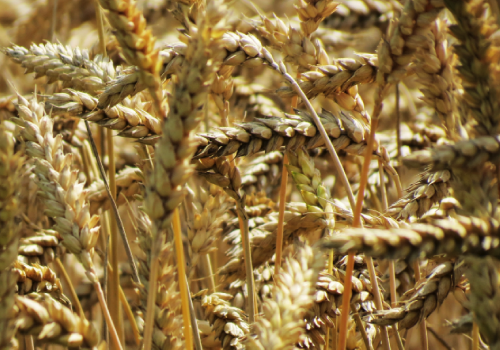Healthy eating awareness is spreading. There has been an increase in the number of people eating brown rice, quinoa, and other ancient grain products like spelt pizza crust. It seems like everyone is getting on-board this fantastically healthy trend. Ancient grain alternatives are everywhere. But do you know why you should be including these types of grain in your diet?
Ancient grains have more nutrients and protein than other grains. They work with a variety of meals and recipes and add a great flavor to any meal. They are also called “heritage grains” and here are some of our favourites:
Kamut
Healthier than traditional wheat, kamut is an ancient cereal grain that contains a good amount of protein. It also contains quite a bit of selenium, which acts as an antioxidant and helps boost your immune system. Kamut has a bit of a natural sweetness, which makes it ideal for baking. When preparing kamut, soaking the grain overnight is preferable. To cook it, use a 3:1 ratio of water to kamut respectively. Boil your water, reduce the heat, and simmer for 30-40 mins.
Millet
Millet is great for people who can’t have gluten. Its nutritional value is excellent and it contains plenty of vitamin B, protein, and fiber. High levels of magnesium mean that it is also great for your heart. Millet has a sweet, nutty flavor and can range from creamy to fluffy, depending on how you cook it.
Quinoa
A seed rather than a grain, quinoa (“keen-wah”) has high levels of protein, which has made it very popular recently. It contains all nine essential amino acids, making it what we call a “complete protein.” Rinse the seeds well before preparing quinoa, as this will remove the bitter resin-like coating (called saponin). You can use quinoa in stir-fries, soups, salads, stews, casseroles, and more. Prepared much like rice, quinoa cooks very quickly (about 15 mins).
Like rice, use double the water to one portion of quinoa. Boil 2 cups of water with 1 cup of quinoa, cover, and simmer for 12-15 mins. Then, remove it from the heat and let it stand for another few minutes. Voila!
Amaranth
Is it a herb? A Vegetable? A “pseudo-grain”? It has been called all three but no matter how you look at it, it has a great nutritional profile and is completely gluten free. It requires a lot of water to prepare but is well worth the extra effort. You will need about 6 cups of water for 1 cup of amaranth. It tastes great in stir-fries, soups, salad, and many other dishes. Amaranth flour can also be used in baking.
Spelt
Spelt contains gluten but is not as harsh as wheat, so it may be okay for people with mild sensitivities. Spelt also has more nutrients than wheat. It contains fiber and spelt flour can be used in baking. Spelt can make an appearance in cereals, breads, pasta, crackers, and more. It has a nutty flavour that many people enjoy. Better yet, just ½ cup contains 4 whole grams of fiber.
Ancient grains contain fiber and minerals that make them an important part of any diet. If you want to taste the best of whole grain products, stop by A Bread Affair on Granville Island in beautiful Vancouver, British Columbia. Our friendly staff and hearty menu are here to help you have a fun and healthy snack or meal to complement your day. Check out our Facebook page or website for more info.
